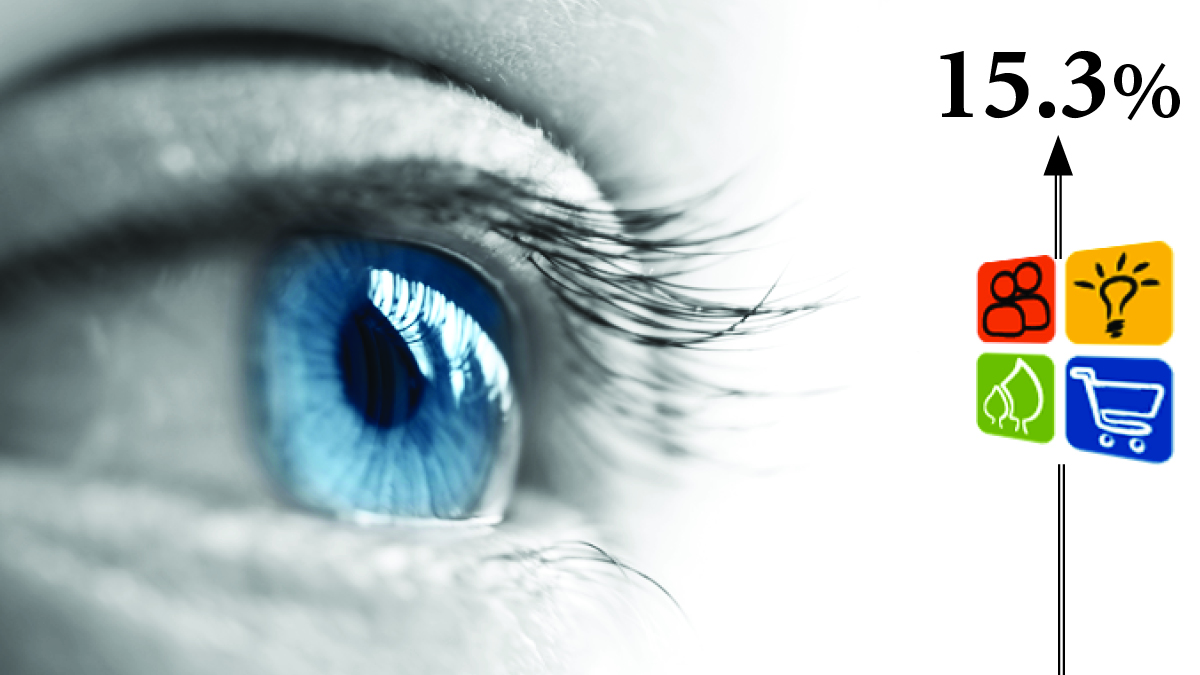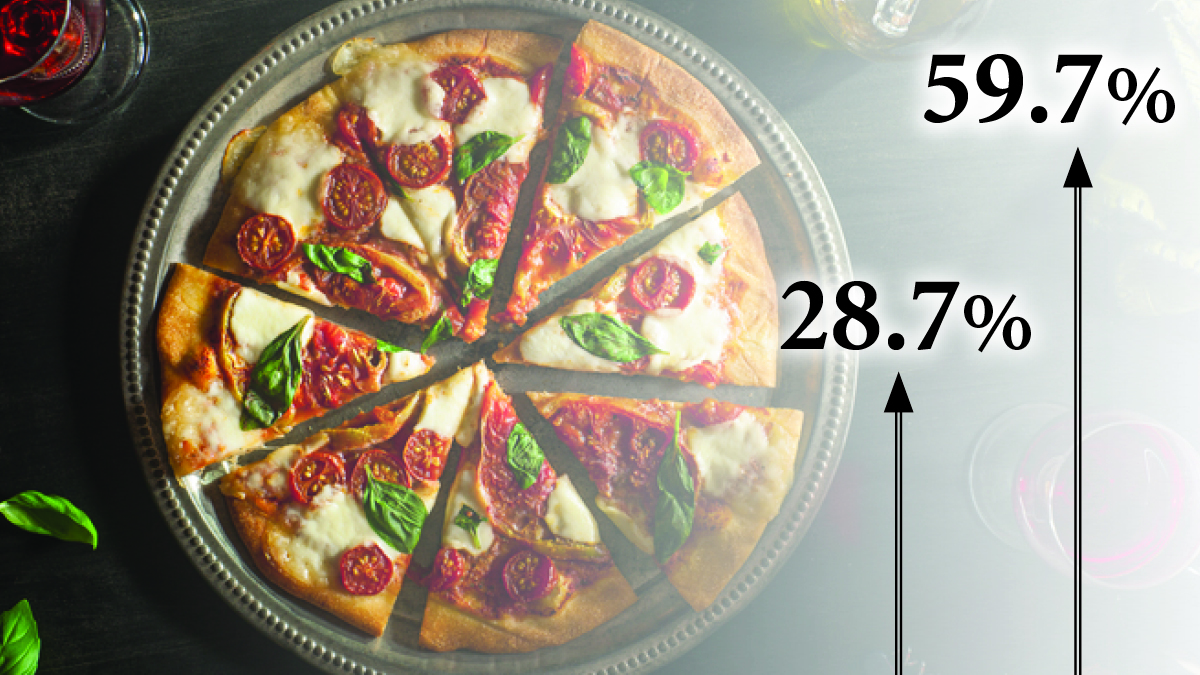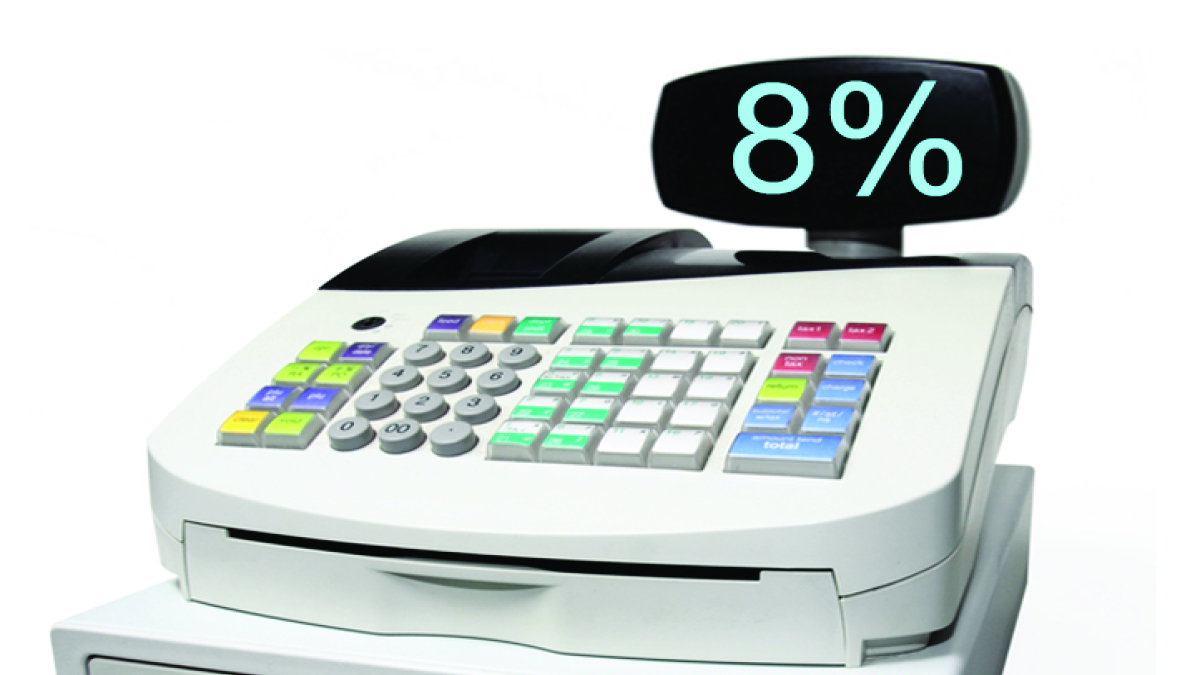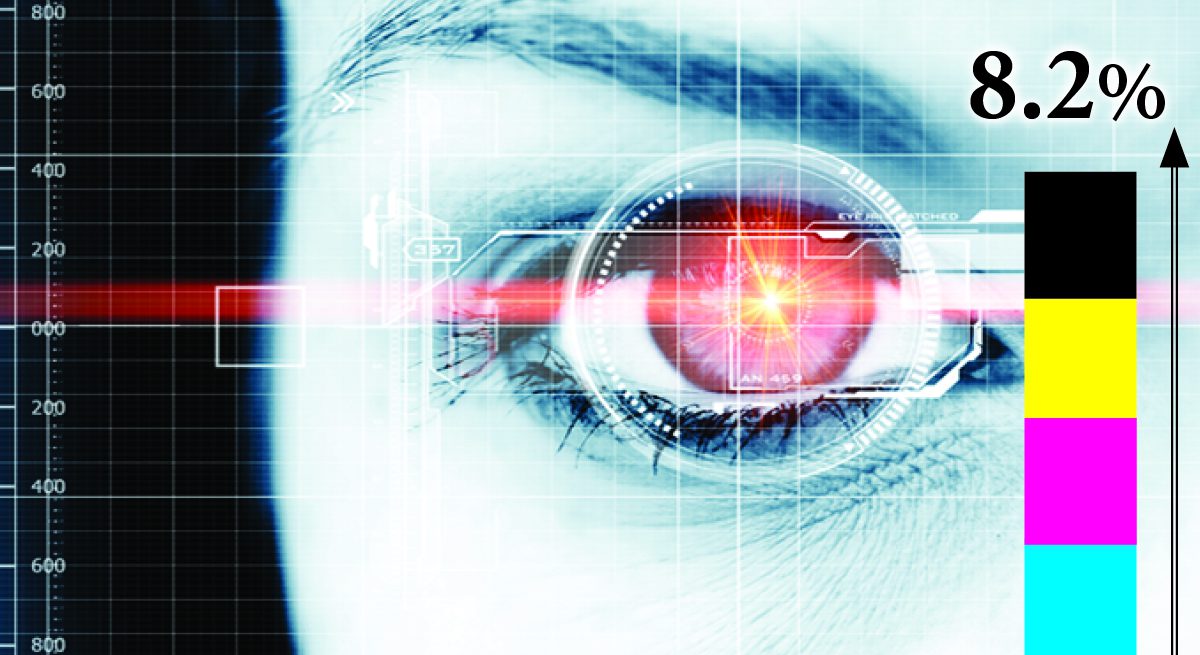The Eyes Have It: Technology’s Influence on Guest Behavior
3 Min Read By Steve Thomas
When it comes to emerging technologies and marketing, most of the conversation today typically focuses on apps, social media and how to take advantage of consumers’ growing dependence on their mobile devices.
That’s all well and good for driving customers into your store or restaurant, but then what? In-store or point-of-sale marketing and merchandising is still the key to converting shoppers into buyers, but that doesn’t mean you have to be “old-school” about your signage and displays.
One of the most exciting new developments is spot High Definition printing, and a growing number of retailers are discovering the power of this technique to drive purchases of premium and/or ancillary items.
At Windsor Marketing Group, we recently commissioned Bentley University’s Center for Marketing Technology to measure the impact of our spot HD printing on consumer behavior. We asked Bentley to measure the impact of spot HD on consumers in order to better understand how different types of printing techniques affect what viewers see and what they recall. The study was specifically designed to focus on ability of next-generation digital printing to make a visual more attractive and memorable to viewers, creating sensory and appetite appeal, and ultimately, purchase intent.
The research team fitted a sample group of consumers with special glasses designed to measure the movement of the eyes. Participants were then shown visuals using traditional High Definition (HD) and Conventional print techniques, and another using Spot High Definition produced with WMG’s cutting-edge G-traxTM system.
The results surprised even us, and produced four key findings regarding the impact of spot HD printing compared with standard HD and conventional printing:
Finding 1 (Focus Speed): On average, spot HD printing attracted eyes to the target focal area 8.2 percent faster than conventional printing methods.
Finding 2 (Focus Duration): On average, eyes remained focused on the area using spot HD printing 15.3 percent longer.
Finding 3 (Upsell Purchase Intent): Purchase intent for a higher-priced or premium version of an item highlighted by spot HD printing increased 28.7 percent over traditional HD and 59.7 percent over conventional printing.
Finding 4 (Ancillary Item Purchase Intent): On average, consumers were eight percent more likely to purchase an ancillary item such as a bottle of wine that was merchandised with a primary item such as a pizza or steak when the ancillary item was printed in spot HD vs. conventional techniques.

Using this data, we develop our Hierarchy of Signage, an in-store marketing effectiveness execution model through which we work with a retailer to evaluate their marketing objectives against available solutions based on sound, measurable insight, and then determine the solution that best accomplishes them.
This result is the creation of a practical tool that we use with retailers to impact the speed at which in-store marketing is noticed as well as the length of time that a customer stays focused on it. This then translates into favorable purchase intent and when used to promote premium or add-on items, can build basket size and impulse buys.
How can this translate into your restaurant?
The owner of a pizza restaurant wanting to drive wine sales, for example, could use Spot HD printing on a glass or bottle of wine pictured with a pizza on signage and POS materials. Research shows that by doing so, the owner will increase the likelihood that customers will purchase the highlighted item than if it were printed using traditional techniques.
The implication of this research for retailers is critical as they continue to search for ways to drive incremental sales in an increasingly competitive environment. The results clearly show, especially when all findings are considered together, that advanced printing technology such as spot HD can have a measurable positive impact on grabbing a customer’s attention and influencing their purchase intent and impulse buys.


